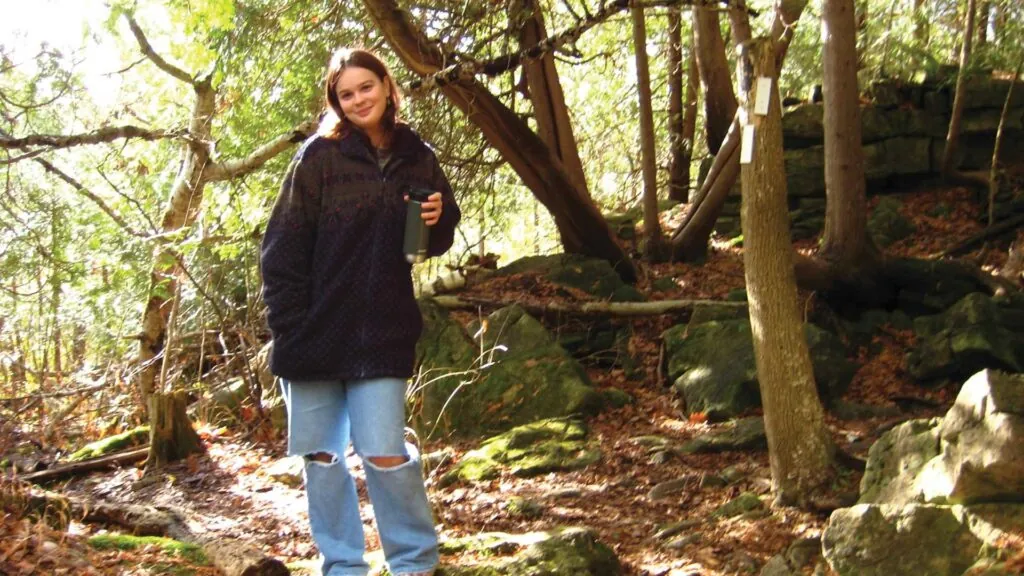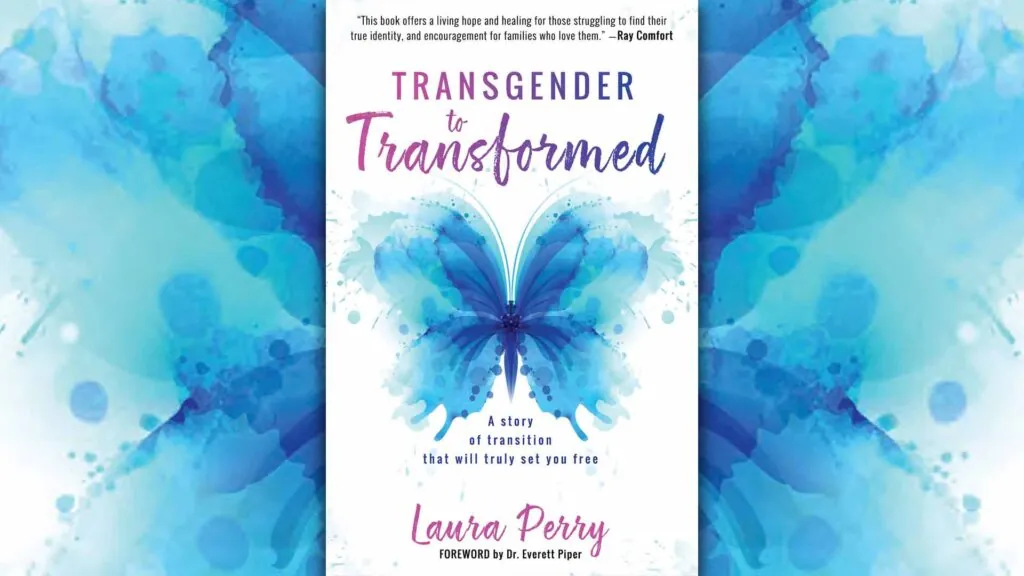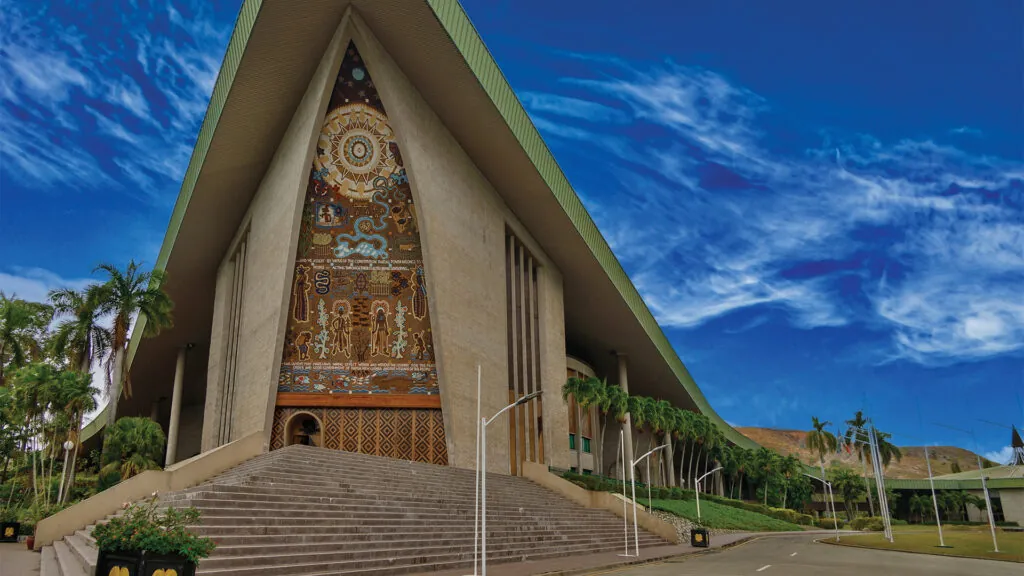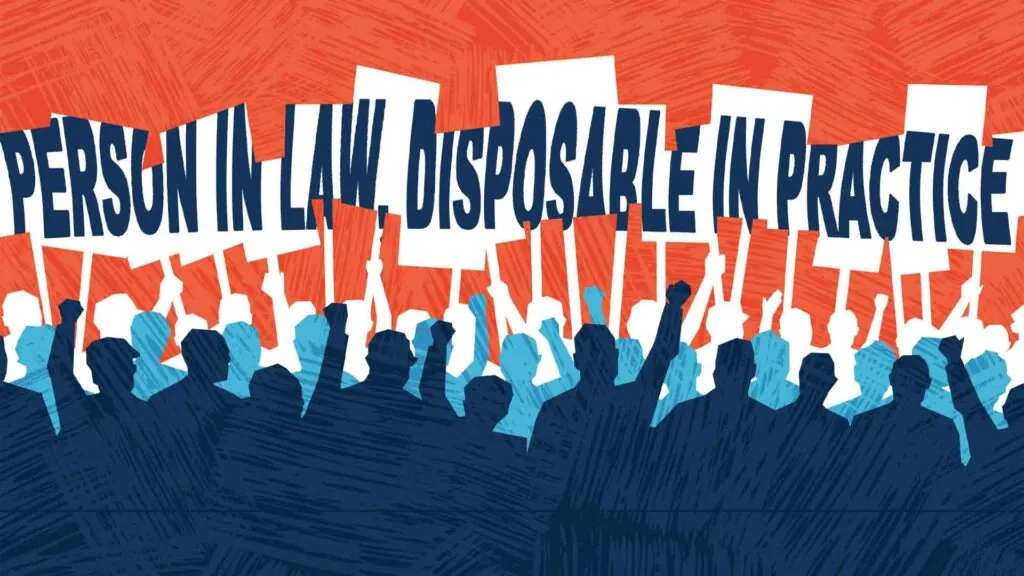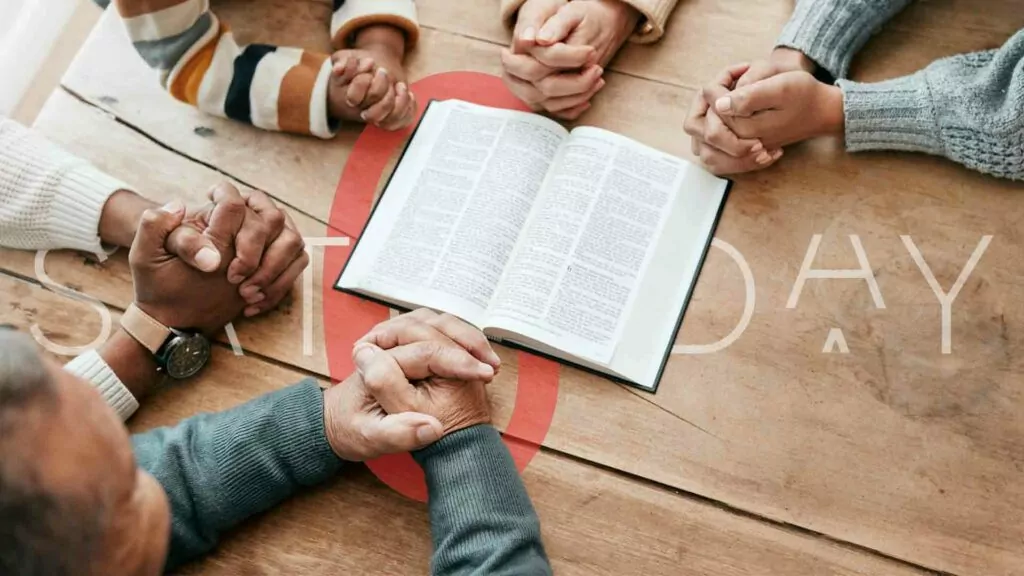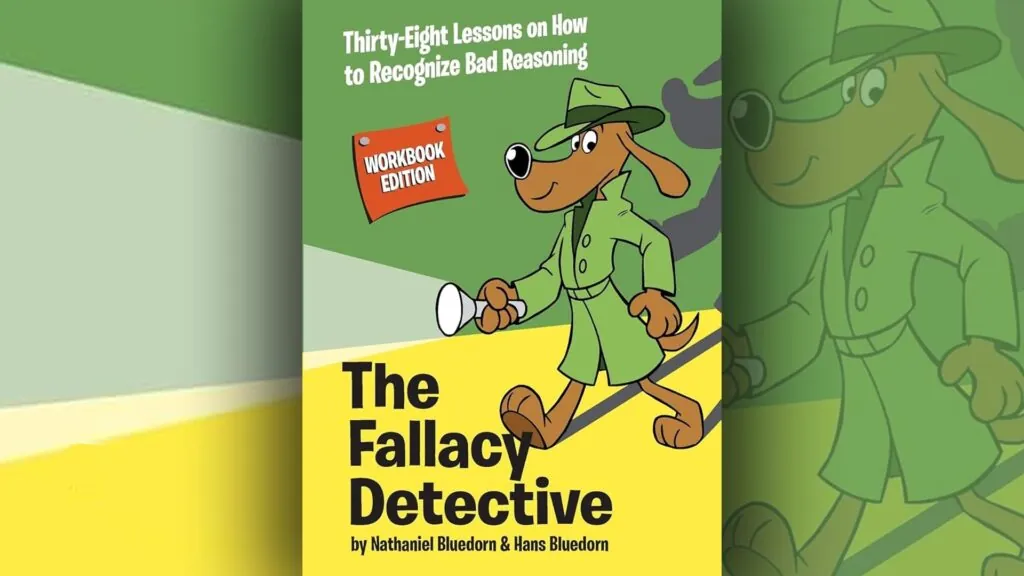
Assorted
Sliver Mustard's journey
Perhaps as many as a million people lived in Noah's Grove. A thriving community, it had begun small but had grown over decades and centuries. Children were born, grew up and had more children. Farms dotted the surrounding countryside and buildings edged the skyscape. Markets with fresh produce were held every Tuesday and Friday. Housewives milled about stands filled with round cabbages, bright yellow carrots, leafy greens and the like. And there were, as in all towns, the rich and the poor, the beggars and the bag ladies as well as the ones whose pockets were filled with clinking coins, the shy and the forward, the meek and the proud.
The mayor of Noah's Grove was a portly man. Well-fed and financially secure, he possessed the gift of persuading people he was the right man for his job. Amiable, he ambled through the cobble-stoned streets greeting both children and adults alike. He wore a great, heavy golden chain about his neck, a chain much admired by the younger population of Noah's Grove.
The head of the police in Noah's Grove was very much respected and recognized by all. Perhaps it was due to the fact that muscles rippled through the lining of his shirt. He wore a star on the lapel of his blue jacket. His broad jaw embosomed law and order and commanded obedience.
Then there was the local judge – a man venerable and full of years. Grey-headed, thinning hair partly covered by a fur-lined beret, he walked upright - shoulders erect. His green eyes were so piercing that people avoided his glance. They were convinced that his eyes might ferret out every little misdeed they had committed. But he was only a human as they were human - and, as such, he was also prone to sin.
There were also the bankers, the bakers, the butchers and the candlestick makers; the soldiers, the sailors and the craftsmen; and the list of Noah's Grove citizens could run on and on and on.
An honest man
Sliver Mustard, a street cleaner, was also a resident of Noah's Grove. A tiny seedling of a man, shriveled and old, he resembled the broom he perpetually held in his hands. It was his job to sweep some of the sidewalks and the streets of the town. He didn't look up much while he was cleaning, as he was always searching the ground for dust, for dirt, for any sort of refuse. He was a kindly type of fellow, an honest man, for whenever he found anything he considered to be of value, he would pick it up and knock at the door of the house in front of which he had been sweeping.
"Pardon me. Have you lost this?" he would ask, holding up the particular object he had just found.
Mostly people would glance at the item for an instant before shutting the door in his face. The recovered items were mostly trinkets, baubles, and in Sliver Mustard's rough, grimy hands they usually appeared rather dirty and worthless. Sometimes a small child would remember and recognize a lost necklace, or a toy and a smile of happiness would cross a little face as an eager hand reached for the article the sweeper held up.
And in these rare moments the street sweeper felt as if he had performed a singular service which somehow outshone the stars he so admired at night. He sometimes wondered at the possibility of a star falling down from the sky into his gutter. Would he then be able to knock on the gate of heaven and ask God if He had lost it? Then, pondering upon this possibility, he would smile to himself, smile almost shyly, knowing in his heart that such a thing could not be. Who was he to return a thing to the Creator? For were not all things His?
Invitations go out
The letter carrier brought invitations one day - invitations from His Majesty, the King, for all the citizens of Noah's Grove. The content of these invitations was the same for everyone and commanded citizens to present themselves to be painted by the greatest artist of all times - Mr. Potter.
The envelopes containing the invitations were deposited into the various mailboxes around town. Slipped into the black, open-mouthed slots, they were retrieved first by one person, then by another. Word traveled quickly.
"You'll never believe who contacted me...."
"I received a personal word from ...."
The street sweeper heard the town's folk talk, listening as he swept out the gutters and cleaned the grey-mouthed cracks in the sidewalks. He was glad that the widow on the corner of Church Street had received a notice. She frequently smiled at him and was a kind woman. Sliver Mustard also rejoiced when a simple-minded fellow, a lad who helped the blacksmith at the forge each day, was ecstatically waving about an envelope. Sliver Mustard did not expect an invitation for himself. In the first place, he had no mailbox, and in the second place, what interest could Mr. Potter possibly have in him? Indeed, even if Mr. Potter did know him, why would he want to paint an old, grizzled geezer like himself – dusty, dirty and quite, quite unattractive?
Yet there it was when he came home that evening. Outlined white and pure on the faded blue tablecloth of the kitchen table, it made every object in the one-room shanty flow with warmth. Sliver Mustard gingerly wiped his right hand on his pants, thereby making it even dirtier than it had been. Picking up the envelope between his thumb and forefinger, he carried it over to the chair and sat down.
For a long while he did not move. He simply held onto the unexpected pleasure. It seemed to him this was enough. That he had been remembered - this was beyond belief.
Finally, mustering up all his courage and strength, he opened the envelope. Or perhaps, the envelope opened itself in his hands. Later on, he could not quite remember. Fully expecting the note to read along the lines of "Sliver Mustard, perhaps next time I come to town...." or "Sorry, Sliver Mustard, but you do not meet the qualifications as I have set them...." But he read no such lines; he didn't read anything of the sort. The words that Sliver Mustard read were these: "This is to ask Sliver Mustard to present himself as he is, tomorrow afternoon, at three of the clock, at the hill."
One shirt, no dryer
Sighing deeply, Sliver Mustard leaned back in his chair. He had sat up straight for the reading of the letter but the words overwhelmed him. He stretched out his feet in front of him. He only owned one shirt, a shirt which he rinsed out every Saturday night, hung out to dry and put on again on Sunday morning. He bathed weekly in a nearby creek. There was hardly time to perform these ablutions now. As he contemplated his options, he knew that he had none. Sliver Mustard both longed and feared to go. He sat in the chair all of that night, dozing and waking at intervals. He sat as the dark hours crept by and as the light of morning dawned through the small window in the kitchen.
Sliver Mustard still swept the streets that morning. It was his job after all. It was what the town was paying him to do and it would not be proper for him to neglect that job. Promptly at twelve he stopped, and, carrying the broom over his shoulder, headed home. He brushed his hair, regretted the ownership of a hat and rubbed a rag over his shoes. Then he washed his hands at the sink and ran a washcloth over his face. It was time to go. There was no doubt about it. It would never do to keep Mr. Potter waiting. Force of habit made him pick up his broom.
Outside, Sliver Mustard trailed, by several miles, all the other people from town also going in the same direction. They were far ahead and he could just make out the glint of the mayor's chain as it shone in the noonday sun. He did appear to be last for when he turned his head, he could see no one behind him. As he walked, he noted with a bit of alarm, that it was later than he had thought. Picking up his steps, he pondered on the pitiful figure he must cut. Perhaps the invitation had been a mistake. But it had read, in unmistakably clear printing, "This is to ask Sliver Mustard to present himself as he is....
With a flower in his buttonhole
The sun shone down hotly on Sliver Mustard's body and he began to sweat. Trudging on through what appeared to be endless stretches of road, he felt his shirt cling damply to his body. What a wretched figure he was! He sincerely wished that he was wearing a chain such as the mayor had. Not a gold chain - that would be a presumptuous thing for which to wish. But a metal chain, an inexpensive chain, one that would also glint and shine a bit. Surely the mayor, leading all the folks in Noah's Grove towards Mr. Potter, was a fine sight to behold - dapper and upright.
He glanced at the fields around him and noticed a broken lily at the side of the road. Undoubtedly someone from town in his haste to see Mr. Potter had trampled on it. Stooping down, he picked the flower up. There was no door on which to knock and ask if someone had lost it. There was only a field of flowers. For a moment he was enthralled. How beautiful these flowers were! Dressed as the Creator had seen fit to dress them.
"Have you lost this...?"
He smiled and carefully put the lily in the buttonhole of his dirty shirt. No chain, but surely this was just as good.
But as Sliver Mustard trudged on, the thought that Mr. Potter would be unimpressed with him weighed him down more and more. Surely, he would have to be! He fingered the frayed cuff of his sleeve. And for a moment he coveted the star embroidered jacket that the head of the police would be wearing. Still, he reflected a minute later, it would be hot walking in such a uniform jacket today.
Sliver Mustard stopped to contemplate. And as he stopped, a bird alighted in his shoulder. It was a sparrow. A lily and a sparrow! What strangeness was this? There was no house here – no house at which he could ask "Excuse me, but have you lost this sparrow?", and he was secretly glad of it.
Sliver Mustard kept on walking, embellished with a flower and a bird. "Clothes make the man." That's what people were wont to say and he understood that saying and sentiment. But was it true? Mr. Potter had not said it in his invitation. The words in Mr. Potter's invitation read, "This is to ask Sliver Mustard to present himself as he is, tomorrow afternoon, at three of the clock, at the hill."
Clothes make the man?
As he pondered, Sliver Mustard almost tripped over several clods of earth in his path. His scuffed shoes kicked the mud unintentionally and they flew ahead of him. Surely, most of the town's people had reached the hill by this time – had reached it clean and well-dressed. Would Mr. Potter be able to paint all of them simultaneously? He sighed and bent down, taking a rag out of his pocket as he did so, fully concentrated on rubbing a bit of a shine back onto his shoes. The lily touched his face as he bent and the sparrow chirped.
"Why, Sliver Mustard?!"
Startled, he looked up, finding himself face to face with the mayor, flanked by the police chief and the judge. How could he not have seen them coming?
"On your way to the hill, Sliver?
He nodded.
The mayor's chain glinted, glinted so that it hurt Sliver Mustard's eyes. "You need not bother, Sliver," the mayor went on in a kindly sort of way. "You need not bother to go on to the hill."
Sliver Mustard was puzzled as he stood up, stuffing the rag back into his pocket. What did the mayor mean?
"Mr. Potter," the mayor continued, his voice heating up, "wanted me to take off my chain and my robe of office. Can you believe that? He wanted me to be painted without the symbols that define me. He told me to take them off."
Dumbly Sliver Mustard shook his head. The police chief and the judge had walked on without bothering to speak and the mayor began to follow them.
****
For a long time Sliver Mustard watched them - he watched them until they disappeared around a bend in the road. Then he turned. He smelled the lily and it was a sweet smell to him. He heard the sparrow on his shoulder sing and it was a song of fullness. In his heart he believed the words of the invitation, and he could see the words as clearly as if they had been written across the wide, wide overhead sky. "This is to ask Sliver Mustard to present himself as he is, tomorrow afternoon, at three of the clock, at the hill."
So Sliver Mustard went on and on. At three of the clock he reached the hill. The watchman at the gate opened the gate and drew him in. And Sliver Mustard was painted as he was.
Christine Farenhorst is the author of many books, including a short story collection/devotional available at Joshua Press here. She has a new novel – historical fiction – coming out Spring 2017 called “Katharina, Katharina” (1497-1562) covering the childhood and youth of Katharina Schutz Zell, the wife of the earliest Strasbourg priest turned Reformer, Matthis Zell.









